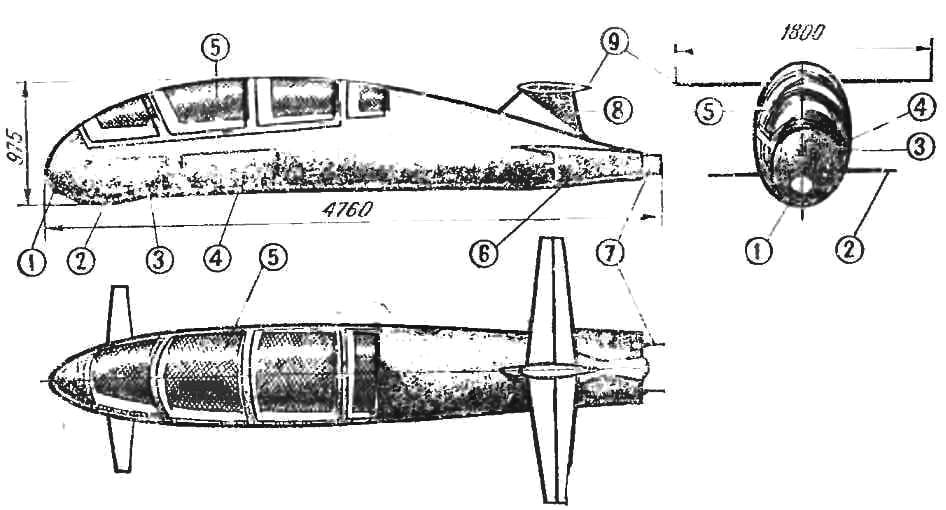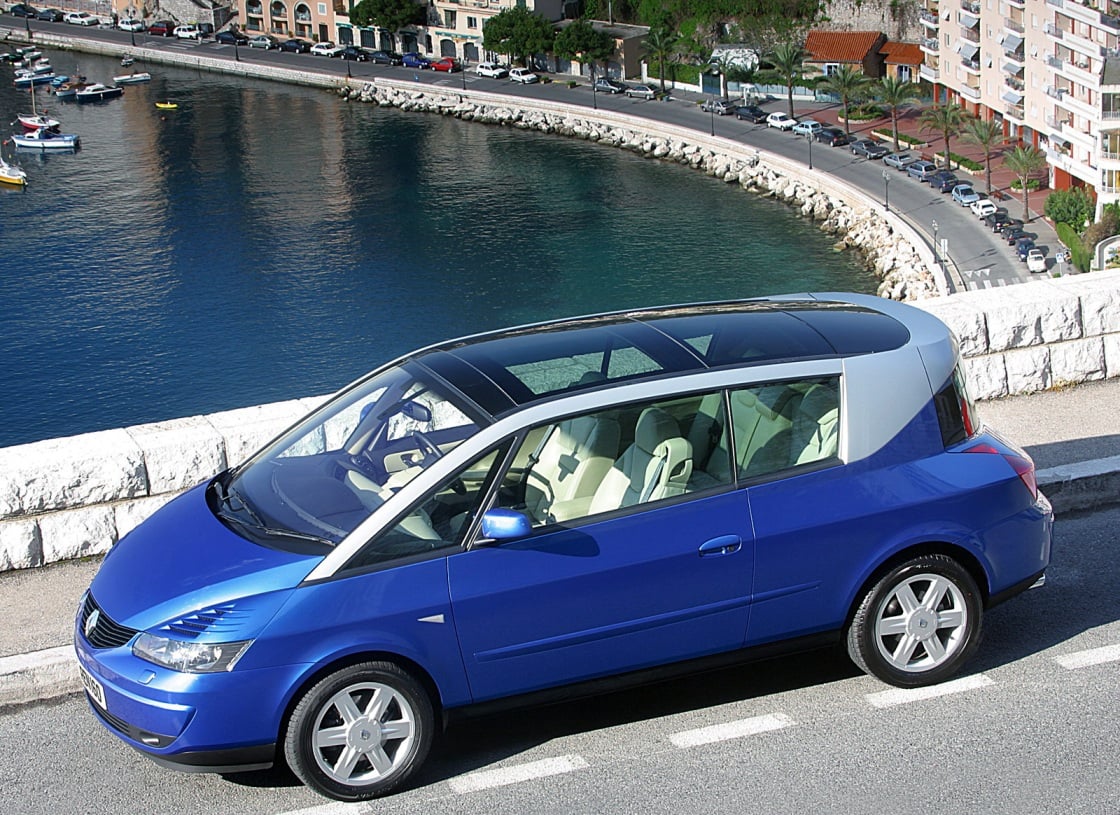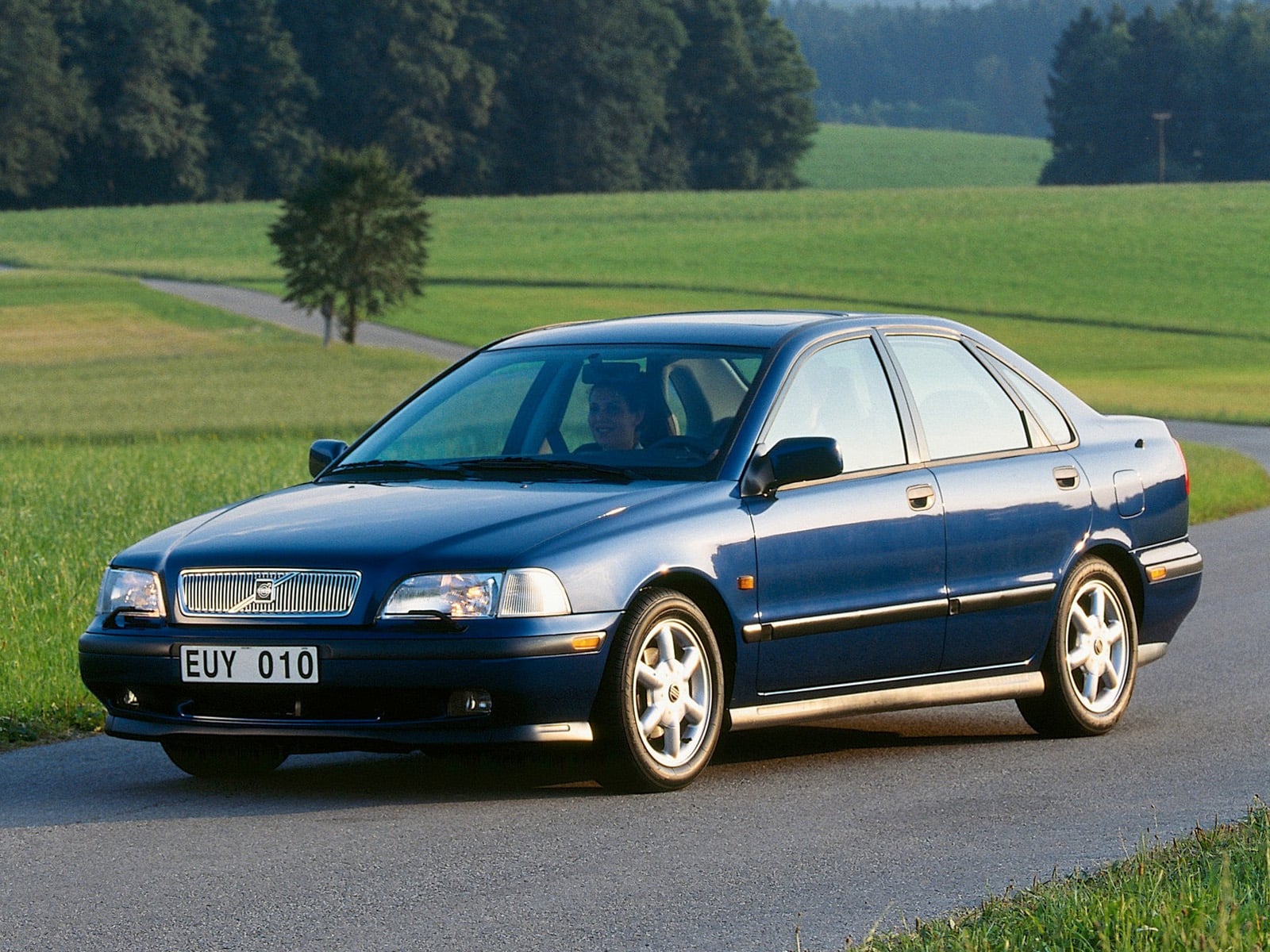 Little micro-car “Buddy” machine… for kids. It was created in a laboratory experimental simulation and design Club for young technicians Novosibirsk Akademgorodok. Despite its small size, it all like a real car: engine, transmission, driveshaft, closed rear axle with a differential and other components.
Little micro-car “Buddy” machine… for kids. It was created in a laboratory experimental simulation and design Club for young technicians Novosibirsk Akademgorodok. Despite its small size, it all like a real car: engine, transmission, driveshaft, closed rear axle with a differential and other components.LITTLE MICRO-CAR “BUDDY”
 Little micro-car “Buddy” machine… for kids. It was created in a laboratory experimental simulation and design Club for young technicians Novosibirsk Akademgorodok. Despite its small size, it all like a real car: engine, transmission, driveshaft, closed rear axle with a differential and other components.
Little micro-car “Buddy” machine… for kids. It was created in a laboratory experimental simulation and design Club for young technicians Novosibirsk Akademgorodok. Despite its small size, it all like a real car: engine, transmission, driveshaft, closed rear axle with a differential and other components.


 Such a transformation that my construction readily admits. Moreover, the possibility of replacement ski floats, making it easy to turn a land car in “waterfowl”. Flat “breaking” the frame of the snowmobile hromansilevyh welded from pipes. The front part is a double cabin crew back — powerplant based on the engine of the motorcycle “Dnepr”. The cabin has a roll cage and aluminum siding.
Such a transformation that my construction readily admits. Moreover, the possibility of replacement ski floats, making it easy to turn a land car in “waterfowl”. Flat “breaking” the frame of the snowmobile hromansilevyh welded from pipes. The front part is a double cabin crew back — powerplant based on the engine of the motorcycle “Dnepr”. The cabin has a roll cage and aluminum siding.
 The convenience of wireless remote control (RC) is undeniable. You can use them, without getting up, and the most interesting channel to enable, and the hardware on it to adjust according to the individual characteristics of perception.
The convenience of wireless remote control (RC) is undeniable. You can use them, without getting up, and the most interesting channel to enable, and the hardware on it to adjust according to the individual characteristics of perception.
 In the family of PEUGEOT has a car class. Your first car, Armand Peugeot in collaboration with Leon serpolle built in the nineteenth century — it was heavy and bulky three-wheeled carriage with a steam engine, which has not successfully exhibited at the world exhibition in Paris in 1889. And who knows what would be in the future fate of Armand Peugeot, the owner of a small Bicycle factory in Beaulieu, if he had not met at the exhibition with Emile Levasseur and Gottlieb Daimler.
In the family of PEUGEOT has a car class. Your first car, Armand Peugeot in collaboration with Leon serpolle built in the nineteenth century — it was heavy and bulky three-wheeled carriage with a steam engine, which has not successfully exhibited at the world exhibition in Paris in 1889. And who knows what would be in the future fate of Armand Peugeot, the owner of a small Bicycle factory in Beaulieu, if he had not met at the exhibition with Emile Levasseur and Gottlieb Daimler.
 The individual system are two dorsal scuba gear of any type. The main materials are fiberglass and aluminum alloys. Widely used aluminum alloy D16, soft, seasoned, in the form of plates and moulded profiles. Made from this material stringers, beams, frames, individual components and subassemblies. Was also used steel of different brands, it made small parts and fasteners. For the glazing of the cabin applied in organic glass. Insulating and sealing elements made from PTFE and rubber of different brands. As the filler has been widely used foam stamps “PS-4”.
The individual system are two dorsal scuba gear of any type. The main materials are fiberglass and aluminum alloys. Widely used aluminum alloy D16, soft, seasoned, in the form of plates and moulded profiles. Made from this material stringers, beams, frames, individual components and subassemblies. Was also used steel of different brands, it made small parts and fasteners. For the glazing of the cabin applied in organic glass. Insulating and sealing elements made from PTFE and rubber of different brands. As the filler has been widely used foam stamps “PS-4”.
 (The end. Beginning in № 3’02)
(The end. Beginning in № 3’02)
 Model MAZ-525, as well as any car-truck, fun to do with the current mechanism of tipping. This obliges to elaborate the details of all devices under the bottom and found when the body is tilted. However, most of them can be seen and aluminum the body, so that their elaboration is still needed.
Model MAZ-525, as well as any car-truck, fun to do with the current mechanism of tipping. This obliges to elaborate the details of all devices under the bottom and found when the body is tilted. However, most of them can be seen and aluminum the body, so that their elaboration is still needed.
 European sales of this vehicle started in September 2001. An incredible price for a fully “packaged” AVANTIME sellers were asking $ 36 000!— not deterred buyers. The car cost them and swear by all that was not only revolutionary shape of the body, was a completely new direction in automotive design, but all the “stuffing” of the new car.
European sales of this vehicle started in September 2001. An incredible price for a fully “packaged” AVANTIME sellers were asking $ 36 000!— not deterred buyers. The car cost them and swear by all that was not only revolutionary shape of the body, was a completely new direction in automotive design, but all the “stuffing” of the new car.
 Firm Volvo in 1998, has chosen the Moscow international motor show for the premiere of his new sedan VOLVO S80. This car is rightly called the flagship of the company. The fact that the new front-wheel platform that served as the basis S80, will be used when creating other models.
Firm Volvo in 1998, has chosen the Moscow international motor show for the premiere of his new sedan VOLVO S80. This car is rightly called the flagship of the company. The fact that the new front-wheel platform that served as the basis S80, will be used when creating other models.
 We offer parachute system for more than three years is used by Leningrad on models-copies of carrier rockets of space vehicles. Simplicity and reliability has contributed to our athletic victories. At the last all-Union competitions in Smolensk in 1971, this parachute system was equipped with our model-copies of spacecraft “Soyuz” in grades “K-3” and “K-4”.
We offer parachute system for more than three years is used by Leningrad on models-copies of carrier rockets of space vehicles. Simplicity and reliability has contributed to our athletic victories. At the last all-Union competitions in Smolensk in 1971, this parachute system was equipped with our model-copies of spacecraft “Soyuz” in grades “K-3” and “K-4”.